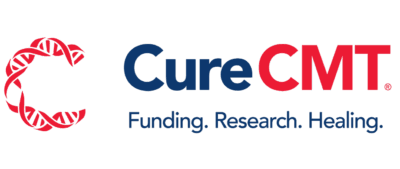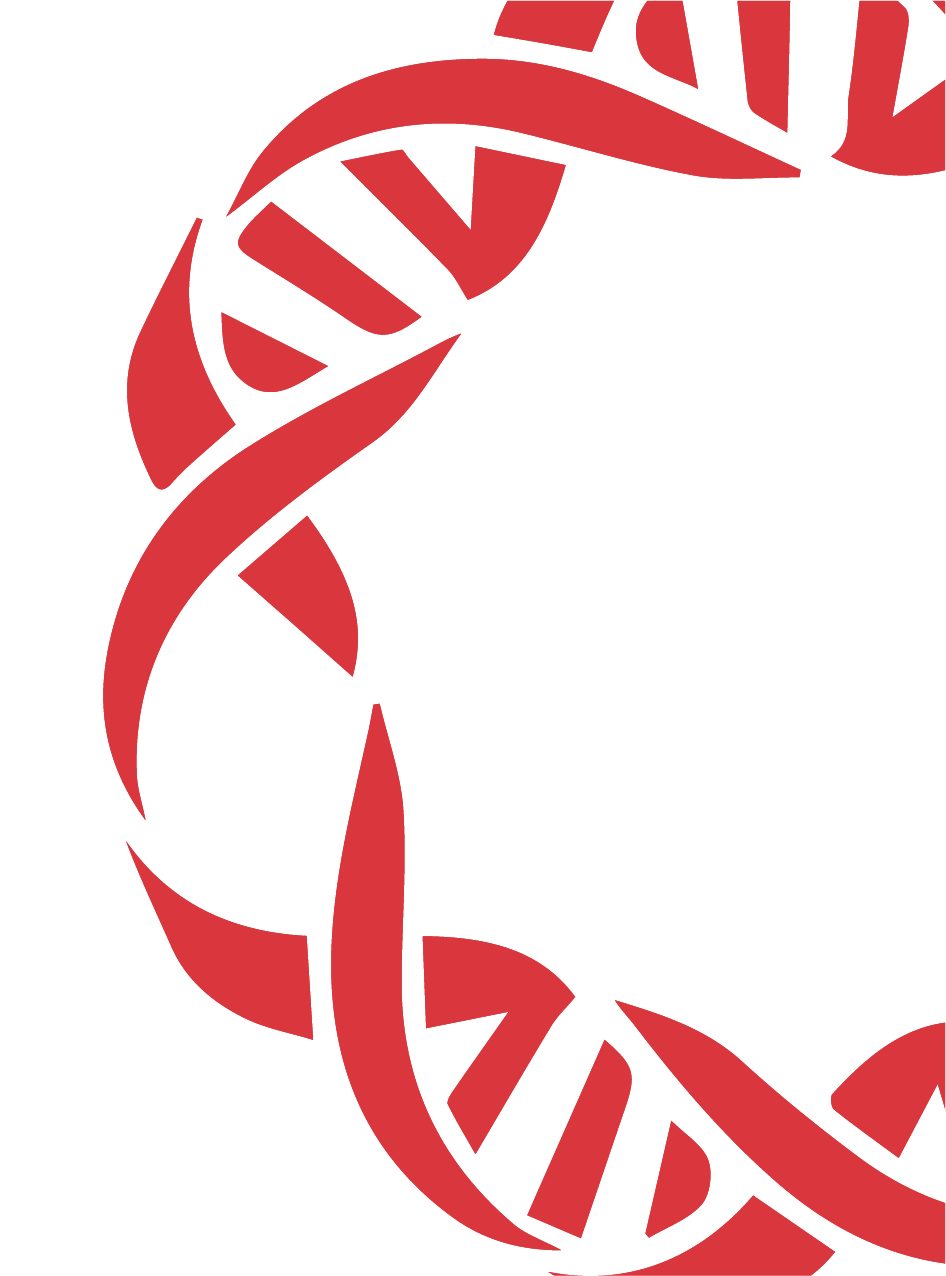CMT is a genetic condition, meaning it’s caused by changes (mutations) in certain genes. The type of CMT someone has depends on which gene is affected. Scientists have discovered more than 100 different mutations that can lead to CMT, but most cases fall into one of four main types.
CMT1: One of the most common forms of CMT, this type affects the peripheral nerves, causing muscle weakness and balance issues. Symptoms typically begin in adolescence or early adulthood. CMT1 is inherited in an autosomal dominant pattern, meaning a child only needs to inherit one mutated gene from a parent to develop the condition.
CMT4: A rarer and more severe form, CMT4 is inherited in an autosomal recessive pattern—meaning both parents must pass on a mutated gene for a child to develop the disease. Symptoms usually start in childhood and can significantly affect mobility. CMT4’s impact on the peripheral nerves is profound, leading to early-onset symptoms that can significantly affect quality of life.
CMT2: Unlike CMT1, which affects the nerve’s protective covering (myelin), CMT2 impacts the nerve fibers themselves (axons). This leads to muscle weakness and sensory loss, often appearing in childhood or early adulthood. CMT2 is also inherited, but the pattern can vary.
CMTX: This type of CMT is linked to the X chromosome, which means it’s inherited differently in males and females. Males often experience more severe symptoms, while females may have milder effects or none at all.
CMT is always hereditary—it’s not something you can catch or develop from outside factors. Some cases start with a spontaneous mutation (a change in DNA that happens at conception), but once that mutation exists, it can be passed down through generations. CMT is something you are born with — it is not caused by anything you do, and it is not contagious.


